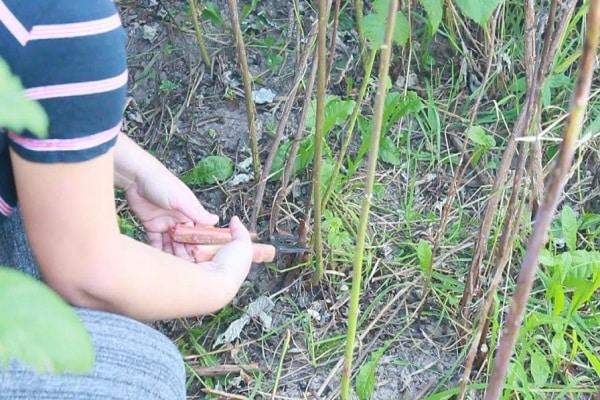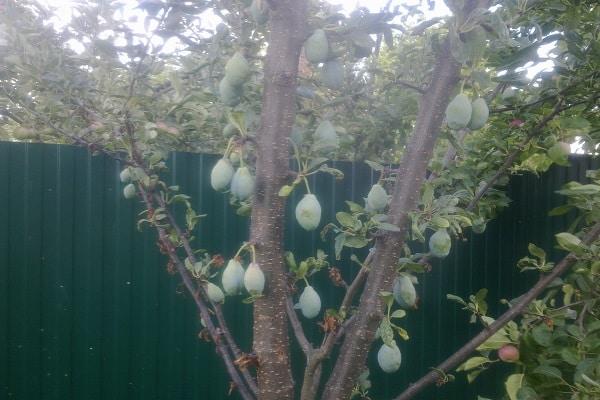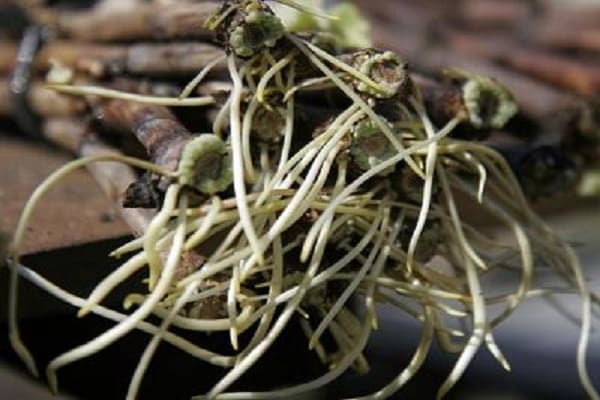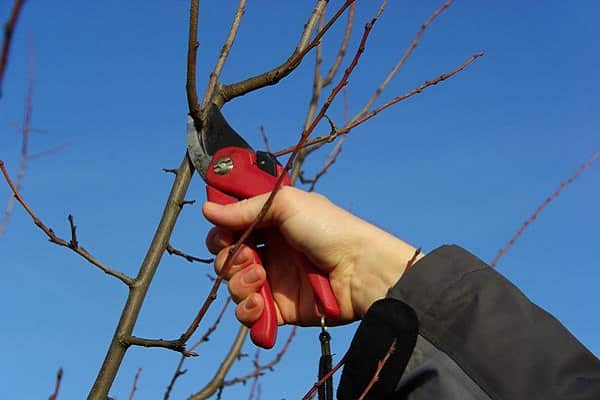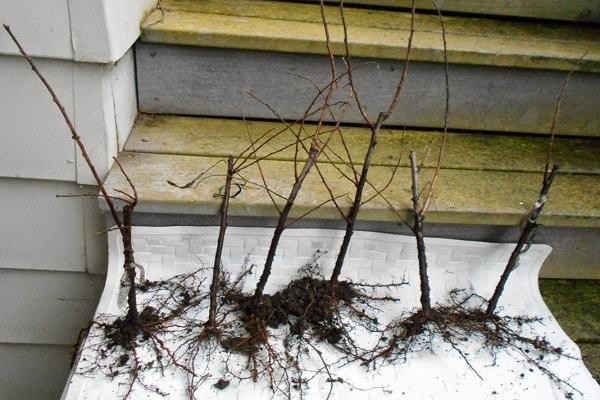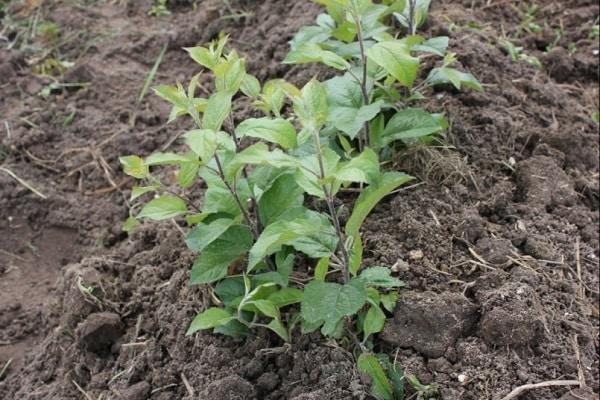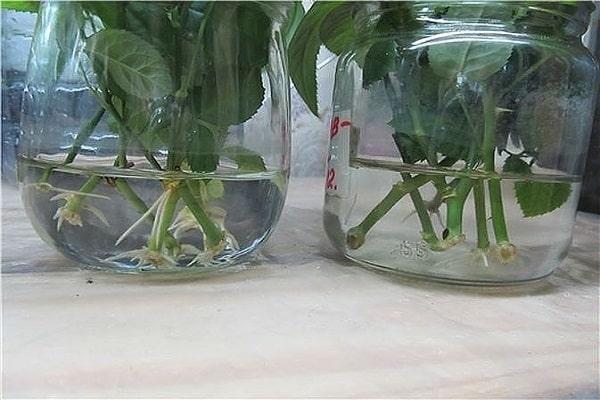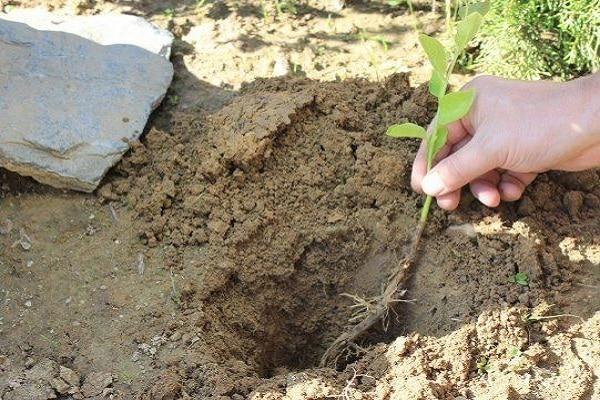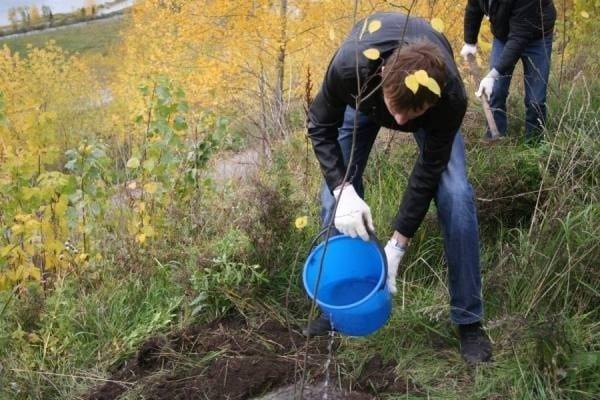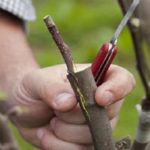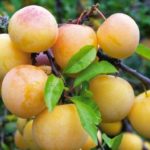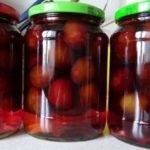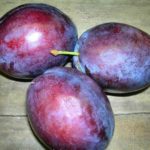Many gardeners want to have more plum trees on their plot. This is not surprising - the fruits have medicinal properties and are very tasty. You can grow additional seedlings if you know how to properly propagate fruitful plums and choose the right growing method. It is equally important to know the timing of preparation of green, lignified cuttings.
Plum propagation methods
Plums are grown vegetatively: by cuttings, root shoots, grafting.
Grafting is a method where scions are grafted onto rootstocks to produce a new variety. Buds and cuttings are taken as scions. The seedlings quickly begin to bear fruit.
The seed method is used for growing rootstocks. Sowing is carried out in early spring. Preparation begins in advance. Seeds are stratified for up to 6 months. Hatched seeds are planted in April. During the season, young rootstocks grow.
Cuttings
Experienced gardeners prefer to grow plums by cuttings. This propagation method is considered reliable. They have a high survival rate of plantings and retain varietal qualities.
Green and woody cuttings are suitable for propagation. You can root branches at home and in greenhouse structures.
Green cuttings
Propagation by green cuttings was used in industry when large volumes of seedlings were required. Varieties with a developed root system are ready for this method. The principle of cultivation is to constantly irrigate the leaves in the greenhouse. By autumn, overhead watering is canceled, and they move on to preparing for the winter - hardening.
Root shoots
Propagation by root shoots is a simple method that does not require lengthy preparation, as is the case with cuttings. The right approach guarantees a fruit harvest next year.
Shoots are young plants growing around the mother tree. They are united by a root system.
Specimens should be selected away from the mother trunk. The closely growing shoots feed from the mother, therefore, their underground part is poorly developed, and the distant shoots feed autonomously.
The optimal length of the process is up to 50 centimeters.
Before starting work, inspect the desired shoot for integrity and signs of oppression.The optimal time for reproduction is April, August.
How do cuttings root?
Lignified cuttings are planted in the substrate in this way:
- the third bud is not visible on the surface, but is not deepened either;
- that part of the branch that goes into the ground is treated with a growth stimulant - “Kornevin”, “Heteroauxin”;
- cuttings are planted at an angle of 45 degrees;
- The planting is covered with film.
Roots are formed at the cut and along the length of the stem. Over time, they die off from the upper part and remain at the end of the stem; they are called basal. It is from them that the root system is formed.
There is another unique method of rooting in open ground. A lignified cutting is inserted into raw potatoes. The main thing is that 3 buds should be outside and 3 inside the tuber. The vegetable will release moisture until roots appear.
Green cuttings are planted in steps of 3, in rows of 5, and depth of 3 centimeters. The top leaf is on the surface. Plantings are covered with film to create a favorable microclimate.
It is important to maintain the temperature in the greenhouse up to 29 °C. The soil should be moist.
In the interval of 18-30 days, rooting will occur. The film is removed during the daytime for optimal oxygen access. After about a month, the cuttings are fed with mineral fertilizers. In autumn, seedlings are prepared for wintering and covered with dry leaves.
Rules for taking cuttings
Green cuttings are taken from young trees. There must be growth buds.
It is better to prepare lignified cuttings of annual shoots in the fall, since annual shoots freeze slightly. Pruning is done from the south side of the trunk (they take root better). Tools – only sharp ones (secateurs, knife).
Before cuttings, rejuvenating pruning of the mother tree is done.The mother tree must be healthy and fruitful. Age – from 3 to 10 years.
You cannot take thin branches with undeveloped buds, damaged or crooked shoots, or tops. One-year growth is cut into cuttings 40-50 centimeters long, with a diameter of 7 millimeters.
Store planting material at a temperature of 2-3 °C.
Optimal timing
Lignified cuttings are prepared in advance and stored in the basement or refrigerator. If the storage conditions are maintained correctly, they can be kept for up to 3 years.
In the fall, when the tree has accumulated as much useful substances as possible and is at rest, the material is cut.
Preparation of cuttings can be done in the spring. The main thing here is to have time to make the preparation before the buds swell.
Green samples are cut exactly the opposite way. The tree must develop intensively. In the summer, in July, you can start preparing.
How to plant a shoot correctly
Overgrowth is being dug in from all sides. Here you need to correctly determine the main root leading to the mother tree. It is this that needs to be chopped off with a sharp shovel. Do not rush to bury the soil; treat the mother trunk with garden varnish. Treatment will prevent loss of juice and eliminate infection.
The shoot is dug out along with a lump of earth. If planting is not carried out immediately, the shoots may remain in this position for a week. The main thing is to moisturize the root system.
The process of planting a young plant
The plum tree grows well in any soil, but does not tolerate stagnant water. When choosing a location, do not forget to determine the depth of groundwater. The main condition for location is sunny space, without wind. The shade has a negative effect on plums - it gives a lighter shade of leaves and small fruits.
The planting site is prepared in the fall, since in the spring the ground is frozen, and the funnel must stand for at least 2 weeks before planting. The depth of the pit is 0.5 meters. The diameter is chosen so that the root system is comfortable, usually 0.7 meters. Place a peg in the center. Only fertile land is used. Therefore, it is left around the seat. If there are a large number of young trees, it is worth maintaining a distance of 3 meters between funnels.
A seedling is dug up from its site before planting, preferably with a clod of earth. This is another secret to quickly taking root in a new place.
A purchased copy, purchased in the fall, is buried in the ground. Cover with spruce branches and add snow in winter.
As soon as the buds swell, the time for planting has come:
- The seedling is installed on the north side of the peg. Gently spread the roots along the bottom.
- Covered with fertile soil.
- The neck is left 5 centimeters above the soil level.
- The earth is compacted.
- 4 buckets of water are slowly poured under each seedling.
- Peat or humus is placed on top.
A layer of mulch will maintain moisture and eliminate weeds.
When can you replant rooted plum cuttings?
The time for planting cuttings in open ground is autumn or spring. There is only one regularity - the survival rate of trees is better in the spring.
In different regions, spring begins at different times. The best guide for planting is the soil temperature. The earth should warm up to 8-12 °C.
Cuttings grown at home must be hardened 2-3 weeks before planting. First, take it out onto the terrace or balcony during the daytime. Every day the time for “walks” is increased, right up to disembarkation.
Cuttings grown in a greenhouse also require hardening. In the first ten days of September, the film is opened slightly during the daytime.Every day the duration of walks increases. By the end of the week, the ends of the greenhouse are opened at night.
After 2 weeks, remove the cover completely. The starting point will be the first “walk”.
In the spring, loose soil is prepared where the seedlings will be planted. Throughout the season, they take care of the plantings: water, remove weeds, and feed.
In the second spring, the young tree is transplanted to a permanent place.
Will a plum grown from shoots bear fruit?
A plum from a shoot will bear fruit in the second or third year if you approach the propagation method correctly and competently and provide proper care.


